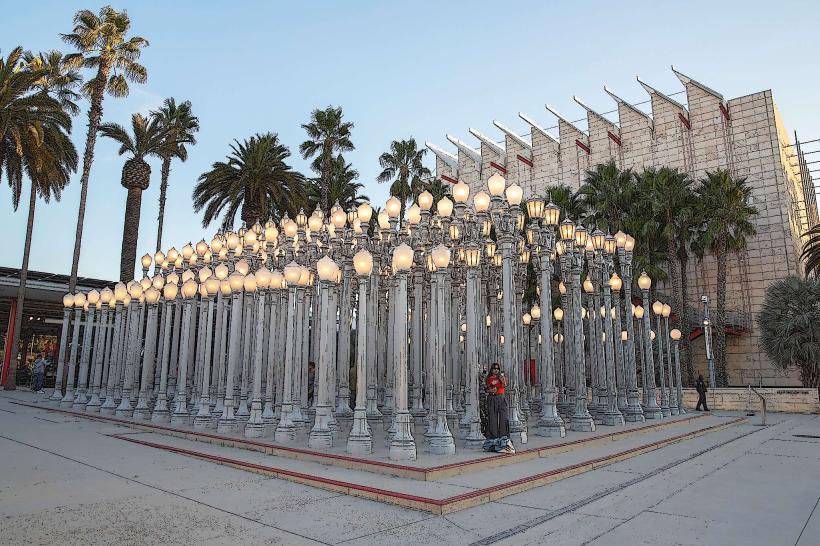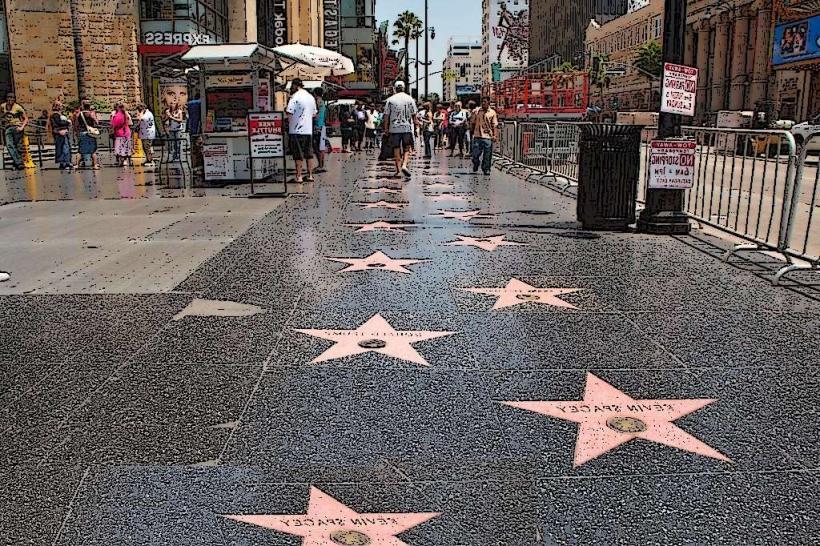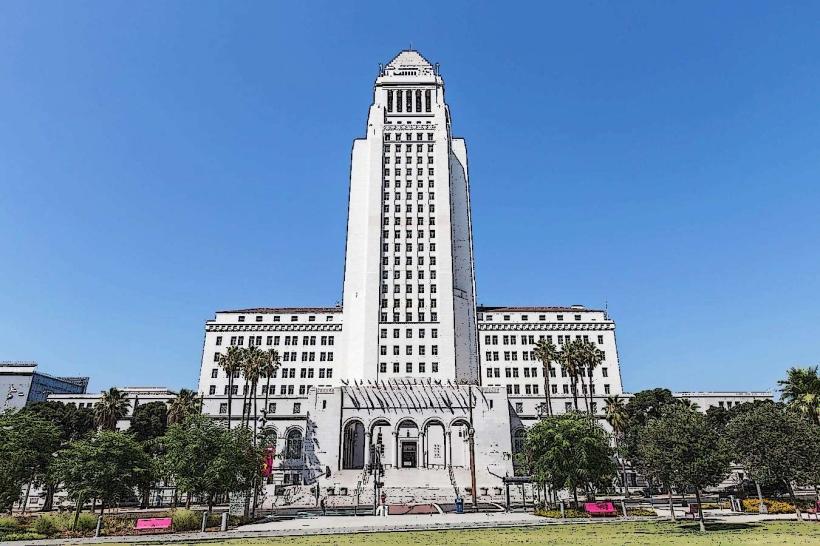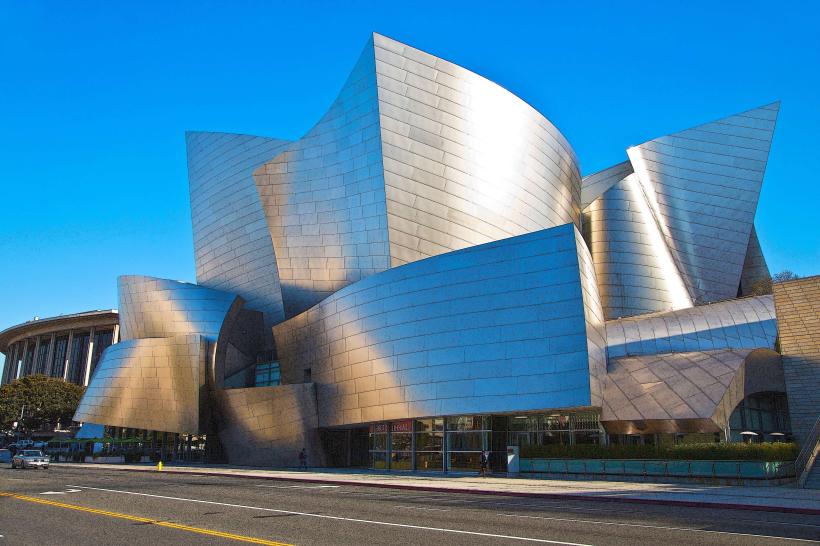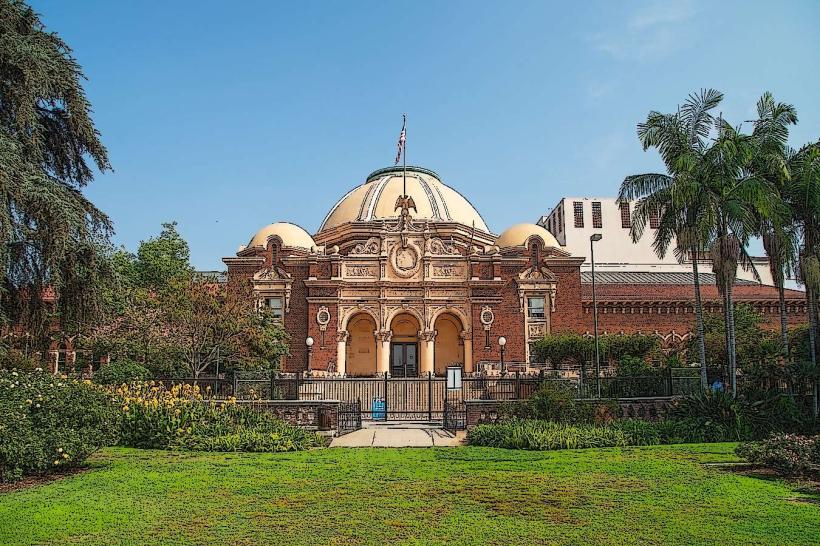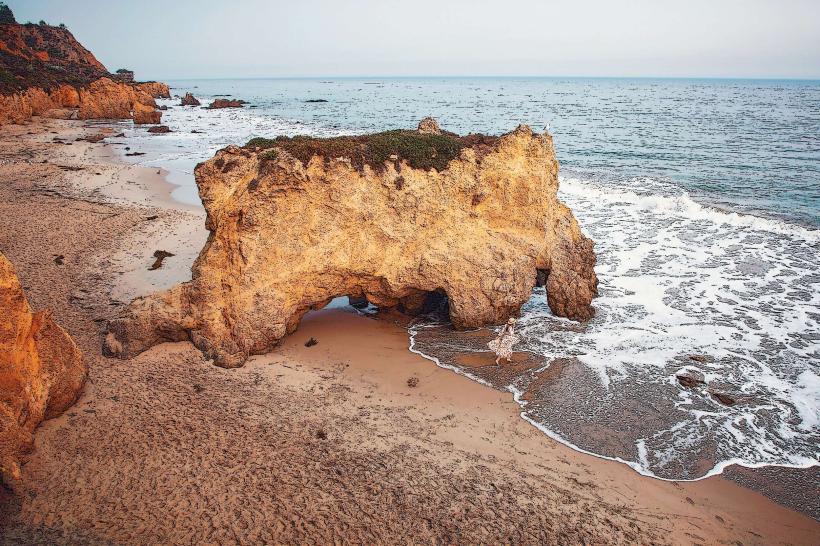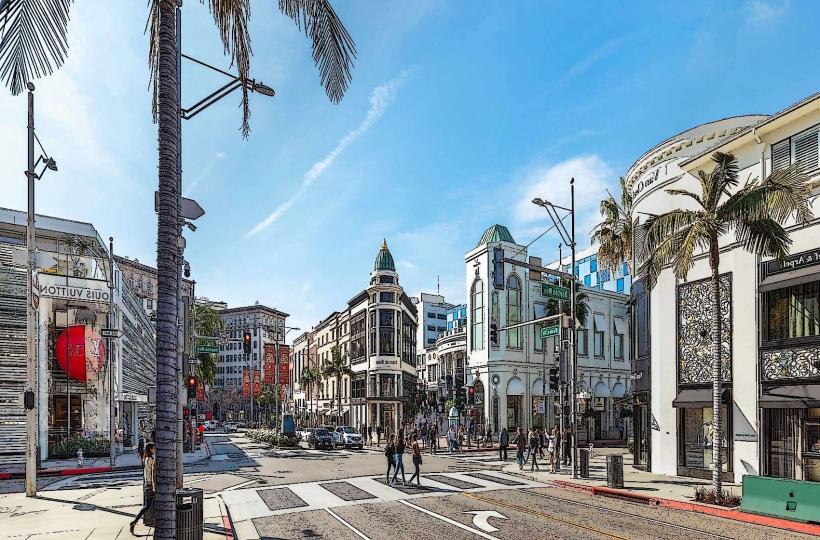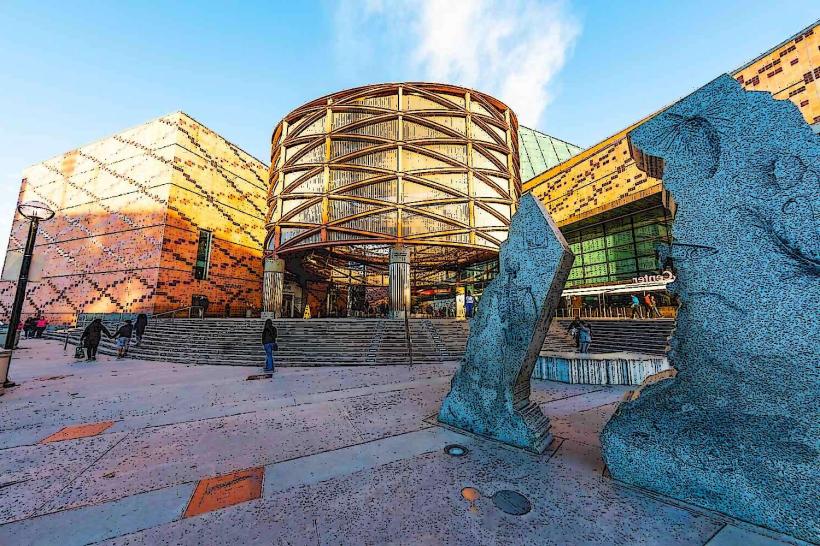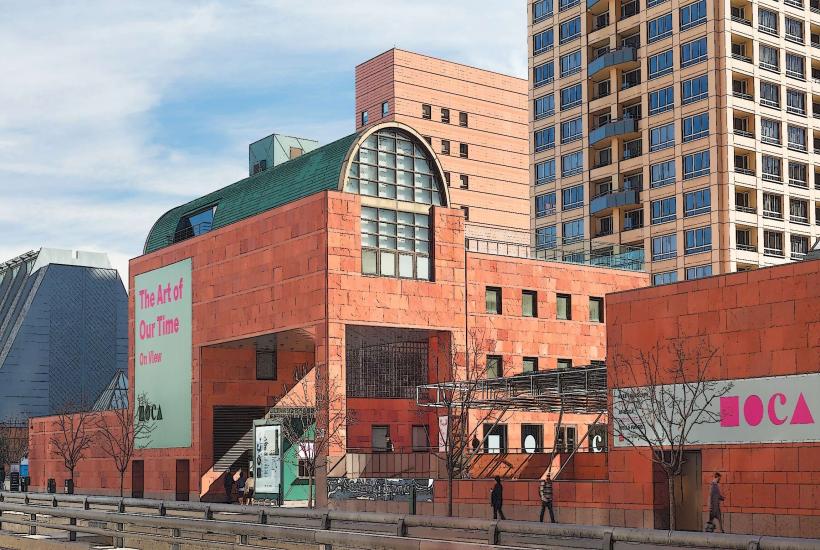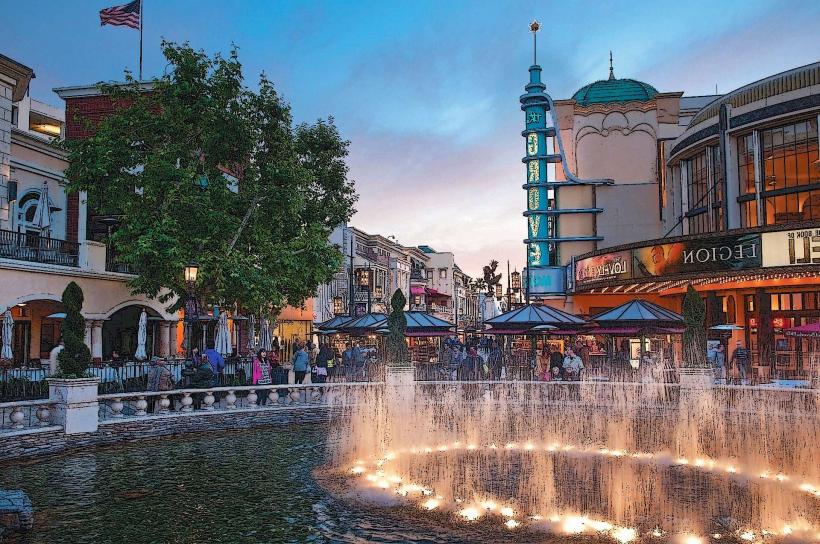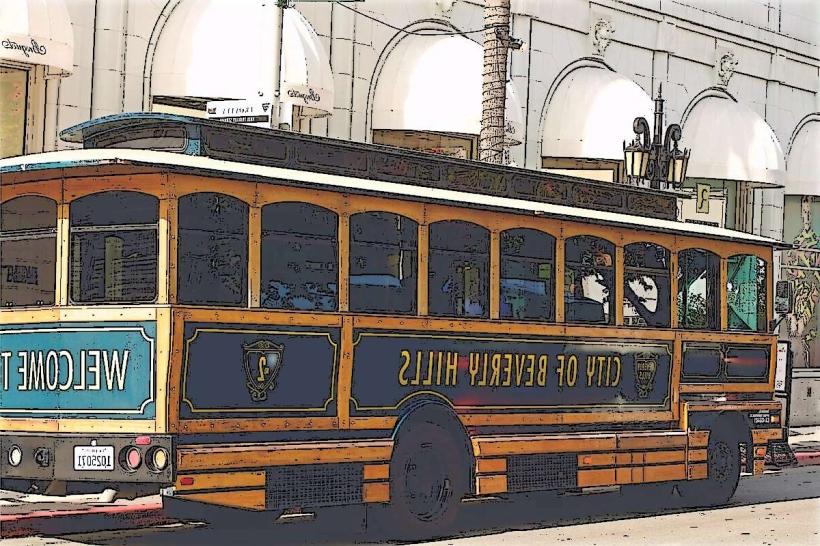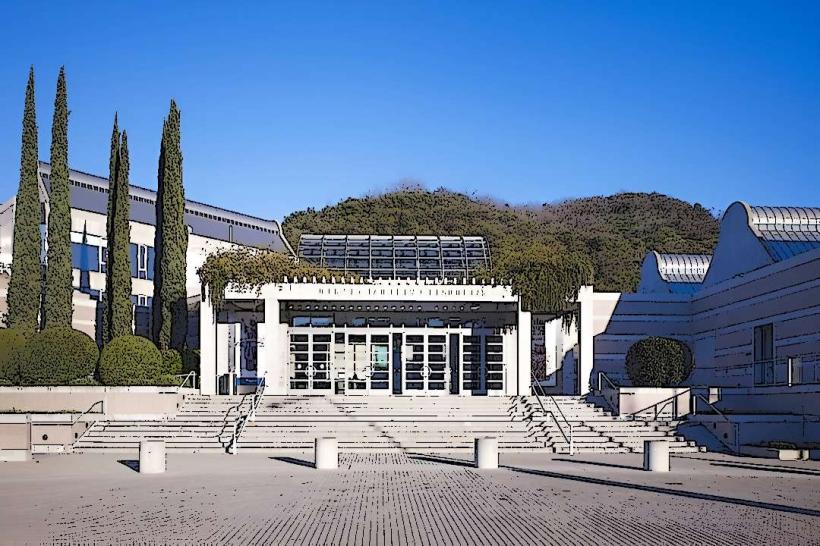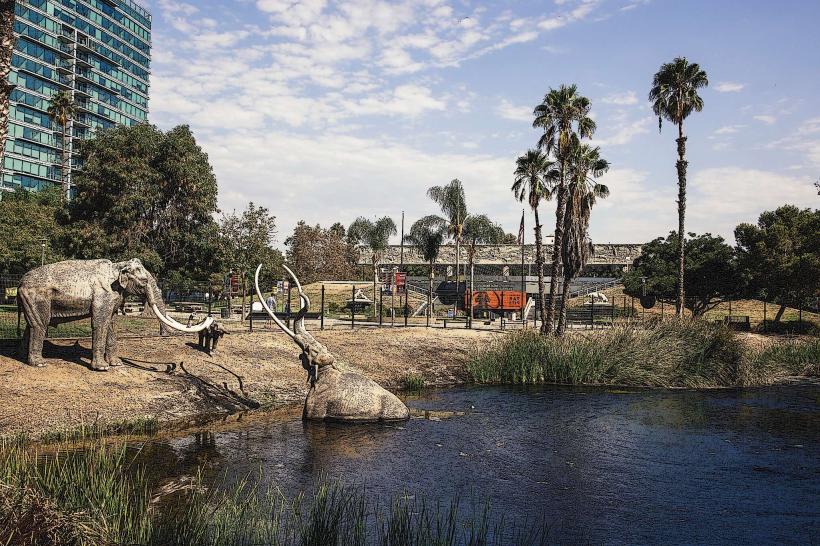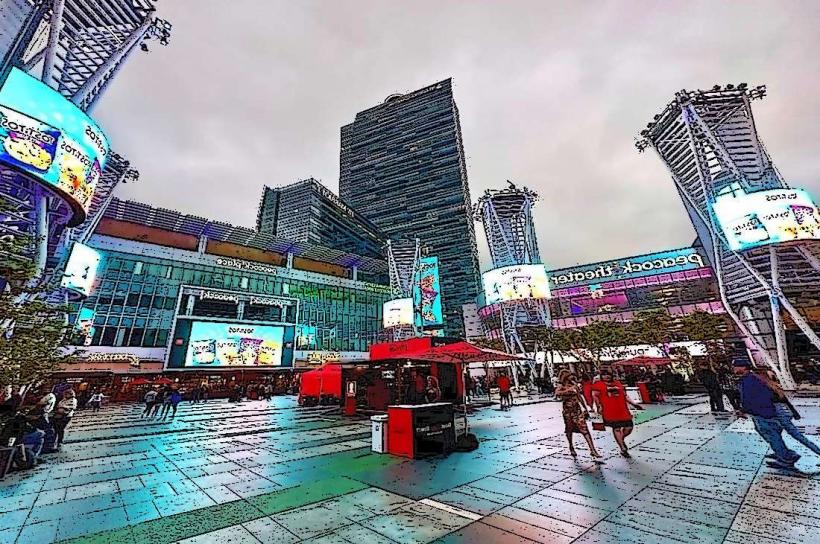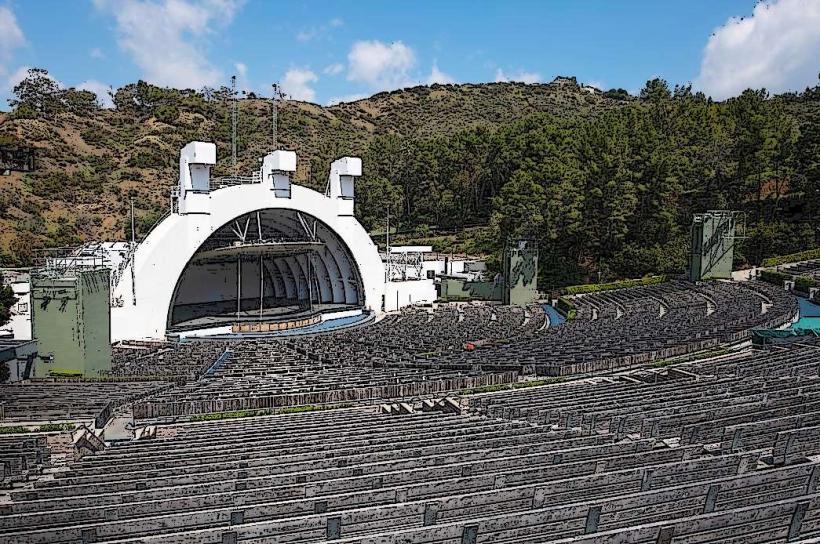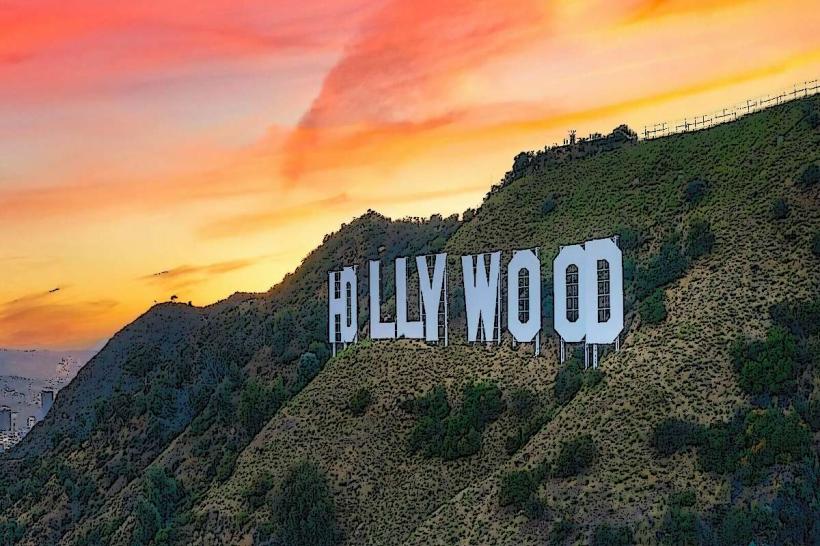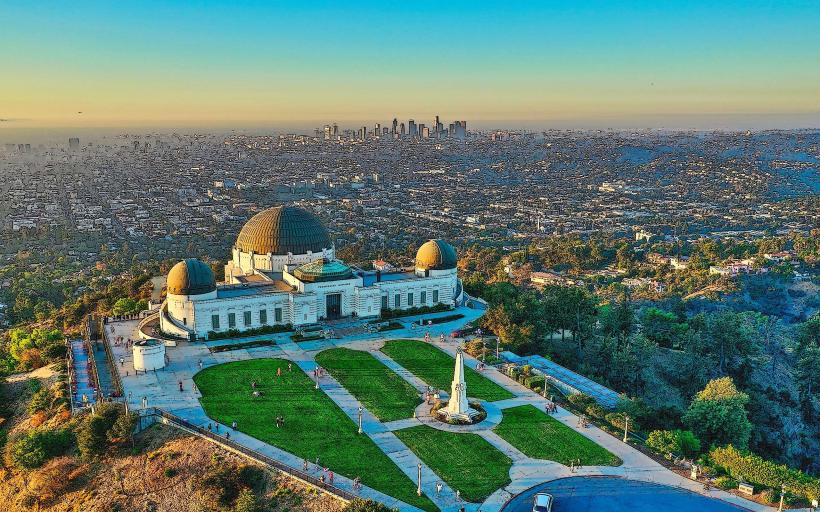Information
Landmark: Getty CenterCity: Los Angeles
Country: USA California
Continent: North America
Getty Center, Los Angeles, USA California, North America
The Getty Center is a world-renowned art museum and cultural complex located in the Brentwood neighborhood of Los Angeles, California. Situated on a hilltop with breathtaking views of the city, it is part of the Getty Trust, one of the largest philanthropic organizations in the world. The Getty Center is not only a museum but also an architectural marvel, a hub for education and research, and a place of natural beauty. Below is a detailed overview of The Getty Center:
History
Founding: The Getty Center was created as part of the Getty Trust, which was founded by J. Paul Getty, an American oil tycoon and philanthropist. Getty’s original vision was to create a museum that would house his vast collection of art and cultural artifacts.
The Getty Museum: The Getty Museum was originally housed in the Getty Villa in Malibu, California. However, in the 1990s, it was decided that a new, larger facility would be built in Los Angeles to house the growing collection and provide a more accessible location for visitors. This new facility, The Getty Center, was designed by renowned architect Richard Meier and opened to the public in 1997.
The Getty Trust: The Getty Trust continues to fund various educational programs and cultural initiatives through its other institutions, including The Getty Research Institute, The Getty Conservation Institute, and The Getty Foundation.
Architecture
Architectural Design: The Getty Center was designed by Richard Meier, an influential architect known for his minimalist approach and use of light, space, and modern materials. The building is an iconic example of contemporary architecture, with its white marble surfaces, clean lines, and innovative design elements. The layout is carefully designed to integrate with the natural landscape of the area.
Central Plaza: The central plaza is the heart of The Getty Center, offering a stunning view of the surrounding gardens and cityscape. The plaza connects the museum’s various pavilions and provides an open, airy space for visitors to relax.
Use of Natural Light: One of the most remarkable aspects of The Getty Center’s design is its use of natural light. Large windows and skylights allow natural light to flood the galleries, creating a bright and inviting atmosphere.
Garden Design: The museum is surrounded by beautifully landscaped gardens, including the Central Garden, which was designed by renowned landscape architect Robert Irwin. This garden is a key feature of the Getty Center, with its carefully planned pathways, ponds, and sculptures. It offers visitors a peaceful environment to explore and enjoy nature.
Art Collections
The Getty Center is home to a vast and diverse collection of art, spanning thousands of years and various cultures. Some of the key highlights include:
European Paintings
The Getty Museum houses an impressive collection of European paintings, with works from the Middle Ages to the 19th century. Notable artists represented in the collection include Rembrandt, Vermeer, Van Gogh, Monet, and Goya.
Rembrandt’s “The Abduction of Europa”: One of the museum’s most famous works, showcasing the artist’s mastery of light and shadow.
Vincent van Gogh’s “Irises”: A celebrated piece from Van Gogh’s final years, capturing the beauty of nature with vivid colors and brushstrokes.
Sculpture and Decorative Arts
The Getty Center also has an extensive collection of sculptures and decorative arts, including Roman antiquities, French furniture, and ceramics from various periods.
Ancient Roman Sculptures: The Getty has a collection of ancient Roman busts and sculptures that highlight the classical tradition of art in Europe.
French Furniture: The museum is home to a significant collection of French furniture and decorative arts, showcasing the craftsmanship of the 17th and 18th centuries.
Manuscripts and Rare Books
Illuminated Manuscripts: The Getty holds a remarkable collection of medieval and Renaissance manuscripts, many of which are richly illustrated with gold leaf and intricate designs. These manuscripts provide insights into the artistic and religious practices of their time.
Gothic and Renaissance Texts: The collection includes illuminated texts from the Gothic period and the early Renaissance, featuring both religious and secular themes.
Rare Books: The Getty Research Institute also holds rare books and documents, some dating back to the 15th century.
Photography
Photography Collection: The Getty is known for its world-class collection of photographs, with works from some of the most important photographers of the 19th, 20th, and 21st centuries. This includes historical photographs as well as contemporary works by modern photographers.
Early Photography: The collection includes some of the earliest examples of photography, showcasing the evolution of the medium.
Contemporary Photography: It also features works by contemporary photographers who have made significant contributions to the art form.
American Art
The Getty’s collection also includes significant works of American art, with pieces from the 18th century to the early 20th century.
Gilbert Stuart’s Portraits of George Washington: Stuart’s famous portraits of the first president of the United States are part of the collection.
Works by Thomas Eakins: The Getty features some key works by the American realist painter Thomas Eakins, known for his portraits and depictions of human anatomy.
Education and Research
The Getty Center plays a crucial role in promoting education, research, and conservation in the field of art and culture.
Getty Research Institute
The Getty Research Institute (GRI) is dedicated to advancing the understanding of art history, conservation, and the humanities. It offers an extensive library of resources, including rare books, manuscripts, and archives related to the history of art and cultural heritage.
Getty Conservation Institute
The Getty Conservation Institute focuses on preserving and conserving artworks and cultural artifacts, both in the museum’s collection and in collaboration with other institutions worldwide.
Educational Programs
The Getty Center offers a variety of educational programs, including workshops, lectures, tours, and special events for visitors of all ages. These programs provide in-depth learning experiences about the museum’s collections and the art world in general.
Visitor Experience
Admission: Admission to The Getty Center is free, although there is a parking fee. This makes it one of the most accessible cultural institutions in Los Angeles.
Hours: The Getty Center is typically open daily, with the exception of certain holidays. It’s recommended to check the official website for specific hours of operation and any special events.
Guided Tours: The Getty offers both self-guided and docent-led tours of the museum and the grounds. Docent-led tours provide deeper insights into the artwork and history of the museum.
Special Exhibitions: In addition to its permanent collection, The Getty Center hosts rotating special exhibitions that showcase temporary art collections, often focusing on specific themes, periods, or artists.
Dining and Shopping
Dining: The Getty Center offers several dining options:
The Restaurant: Located on the museum’s upper level, this restaurant offers fine dining with panoramic views of the city and the Getty’s gardens. The menu features seasonal dishes with Mediterranean influences.
Cafe: For a more casual dining experience, the museum also has a café that serves lighter fare, including sandwiches, salads, and coffee.
Shopping: The museum has several gift shops where visitors can purchase art-inspired gifts, books, and high-quality replicas of artwork from the museum’s collection.
Fun Facts
Hilltop Location: The Getty Center is located on a hilltop, offering sweeping views of Los Angeles and the surrounding mountains. The museum’s architecture and gardens were designed to take full advantage of this location.
J. Paul Getty’s Legacy: J. Paul Getty, the museum’s founder, was known for his love of art and culture. He believed that art should be accessible to everyone, which is why admission to the Getty Center is free.
Garden Design: The Central Garden at The Getty was designed by landscape architect Robert Irwin and is often considered an artwork in itself. It is a living garden that changes with the seasons, featuring a combination of flowers, trees, and water features.
Summary
The Getty Center is a cultural and architectural gem in Los Angeles, offering an exceptional art collection, stunning views, and immersive learning experiences. Its world-class exhibits, engaging educational programs, and tranquil gardens make it a must-visit destination for anyone interested in art, history, and architecture. Whether you’re a first-time visitor or a frequent guest, The Getty Center offers a unique and enriching experience.




